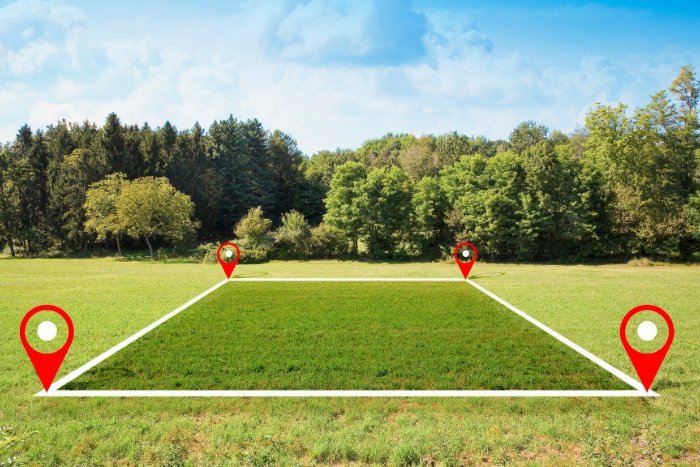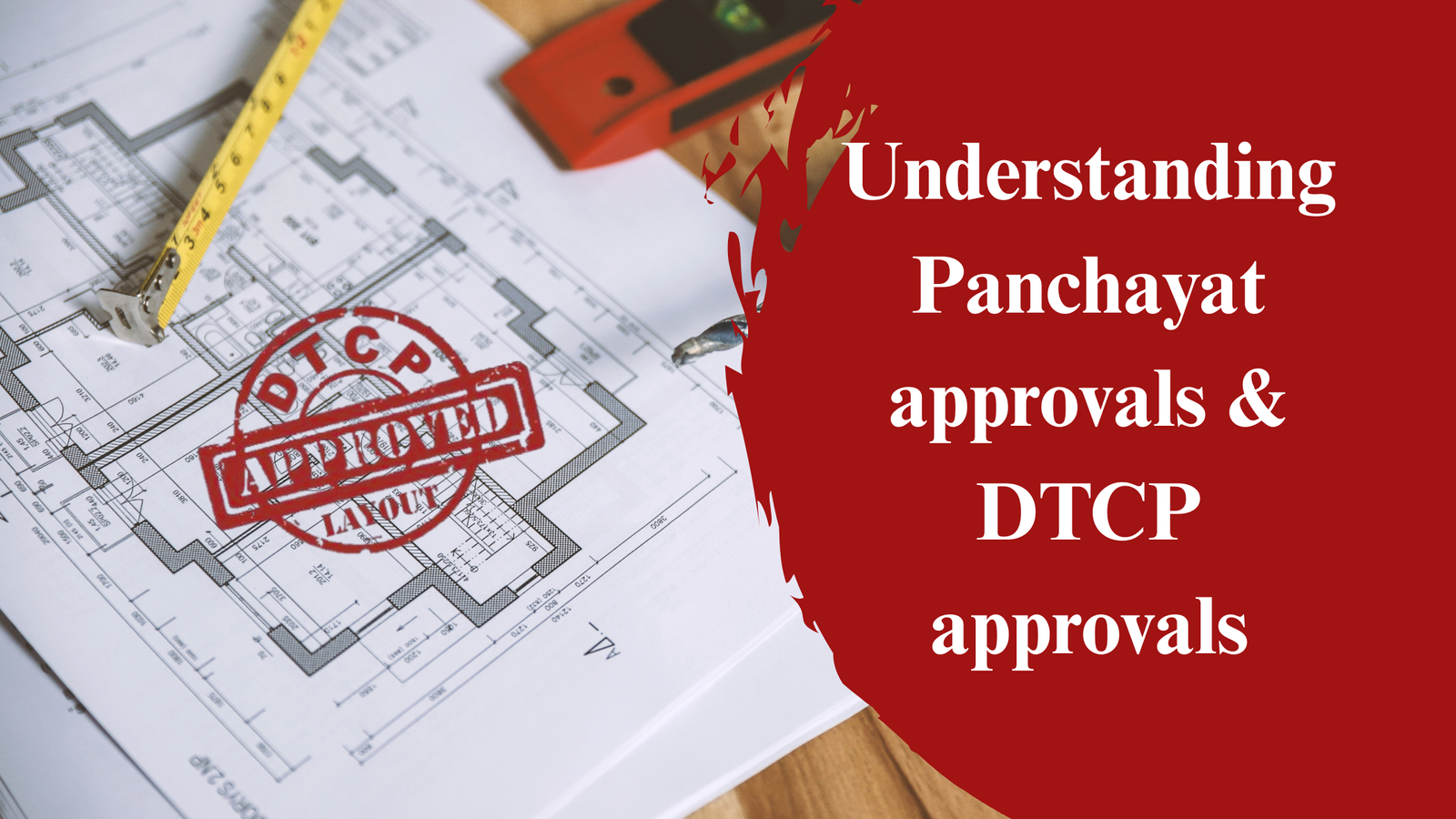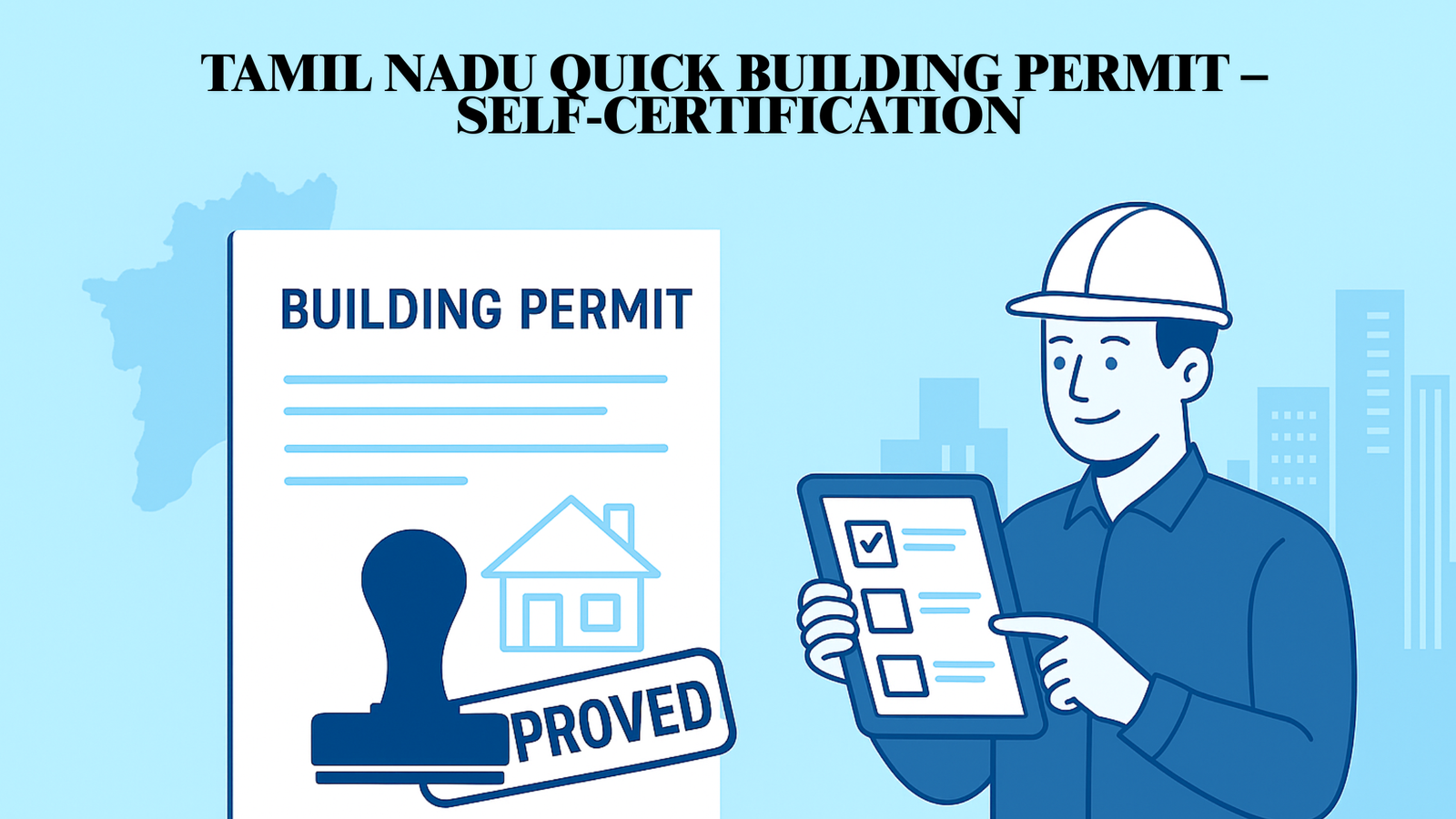Introduction
Securing layout and building approvals is critical in any real estate development process. Whether you’re planning to buy, sell, or develop property, having the right documents in place is essential to ensure legal compliance and avoid costly delays. In this guide, we’ll walk you through the key documents required for layout and building approval, from Sale Deeds and Encumbrance Certificates to TSLR/Patta records and NOCs. By understanding and gathering these documents, you can streamline the approval process and confidently move forward with your project.
List of the essential property documents required for layout and building approvals:
- Current Document: Sale Deed/Lease Deed/Power of Attorney
- Parent Document
- Encumbrance Certificate (EC) from 1972
- Legal Opinion
- TSLR/Patta (Town Survey Land Records)
- TSLR Sketch/FMB (Field Measurement Book)
- Subdivision TSLR/Patta
- Approach Road FMB/RSR (Road Survey Report)
- Adangal for the Last 3 Years
- Land Ownership Certificate
- Village Maps/DD Plans Maps
- Approved Layout Sketch/Orders
- NOCs (from various government agencies)
- Access Road Certificate
Details of the Documents:
1. Current Document Sale Deed / Lease Deed / Power of Attorney:
These documents are crucial for establishing current ownership or legal rights over the property. A Sale Deed is issued when a property is sold, confirming the transfer of ownership from the seller to the buyer. A Lease Deed outlines the terms under which the property is leased to another party. A power of Attorney grants authority to an individual to act on behalf of the property owner. These documents are essential for proving legal entitlement and authority to develop or transact the property.
2. Parent Document:
Property ownership can change over time, making it essential to maintain a record of the property’s history through the Parent Document or Mother Deed. This document establishes possession and identifies the earliest recorded transaction, which may include sales, gifts, partitions, or inheritances. In the case of unapproved sub-divisions, copies of connected parent documents are required for verification, showing transactions since 1.1.1980 for urban areas (corporation, municipality, town panchayat) and since 29.11.1972 for rural areas (village panchayats). These records are crucial for assessing the Open Space Reservation (OSR) requirement, as the land history determines whether the property meets the necessary OSR guidelines for approval.
Also Read: Open Space Reservation (OSR) in Tamilnadu DTCP Approval
3. Encumbrance Certificate (EC) from 1972 :
An Encumbrance Certificate (EC) verifies that a property has clear ownership and no legal disputes during the specified period. An EC from 1972 refers to documents proving ownership or land use rights dating back to 1972, confirming a clear title history. For property transactions, an up-to-date EC obtained not earlier than 30 days before applying, is required. In the case of unapproved sub-divisions, the EC must show transactions since 1.1.1980 for urban areas (corporation, municipality, town panchayat) and since 29.11.1972 for rural areas (village panchayats) to assess Open Space Reservation (OSR) requirements.
4. Legal Opinion:
Obtaining a legal opinion from a qualified lawyer authorized by a national bank or government entity is essential. This opinion verifies the legality of the property transaction and ensures compliance with all legal requirements. It assures that the property documents are valid, the transaction is legally sound, and all necessary approvals have been obtained.
5. TSLR/Patta:
Town Survey Land Records (TSLR) or Patta documents are essential for updating land ownership details. They ensure that the property is correctly registered under the current owner’s name and clarify the land’s revenue status. These documents are critical for establishing legal ownership and verifying land use rights.
Related Article – Ultimate Property Selection Guide For Your Next Real Estate Project
6. TSLR Sketch/FMB:
The TSLR Sketch is a detailed urban area record that includes accurate land measurements, boundaries, and layout plans. The Field Measurement Book (FMB) is a Rural area detailed record that includes accurate land measurements, boundaries, and layout plans. The ladder in the FMB shows the sequence and boundaries of plots within the layout, ensuring clarity on plot divisions and dimensions. These documents are vital for planning and development approvals as they provide precise details of the property’s physical dimensions and layout.
7. Subdivision TSLR/Patta :
Documents confirming the subdivision of land or transfer of Patta (revenue record of land) are necessary in cases of partition or change in ownership. These documents formally acknowledge changes in land ownership or partitioning and are essential for updating legal records and maintaining accurate property ownership details.
8. Approach Road FMB/RSR :
An Approach Road Sketch or detailed plan is necessary to demonstrate access roads leading to the property. The Road Survey Report (RSR) verifies the condition and width of existing roads. If not marked in the FMB, a certificate from the local authority confirming Public road access ensures that the property is accessible and compliant with transportation infrastructure requirements.
9. Adangal for Last 3 Years:
Adangal records for the past three years document land revenue payments and ownership details. These records ensure up-to-date compliance with revenue records and provide a clear history of land ownership and revenue obligations. They are essential for verifying current land utility status and ensuring compliance with revenue regulations. To acquire NOC from the Agriculture department for non-planned areas.
10. Land Ownership Certificate:
A Land Ownership Certificate issued by the revenue department or local authorities confirms ownership of the land. This certificate is essential for proving legal ownership and is often required for obtaining various approvals and permissions related to property development or transactions.
11. Village Maps/DD Plans Maps:
Detailed Village Maps and Development Plan (DD Plan) maps show the location of the property within the village or ward. These maps include survey numbers, boundaries, and neighboring plots, providing a comprehensive visual representation of the property’s location and its surroundings. They are essential for understanding the property’s context within the larger area and ensuring compliance with local planning and development regulations.
12. Approved Layout Sketch/Orders:
An Approved Layout Sketch or plan shows the position and measurements of each plot within the layout. This sketch is essential for demonstrating compliance with approved layout plans and ensuring that all plots within the development conform to regulatory standards. It provides a clear visual representation of the planned plot authorized by the government body, ensuring less supportive documentation for development.
13. NOC’s:
A No Objection Certificate (NOC) is an official document indicating that there are no objections from the issuing authority for the proposed project or activity.
- NOC from Railways if the site is within 30m of a railway property boundary.
- NOC Affidavit for Development use near burial/cremation ground up to 30m.
- Certificate if quarry/stone crusher claimed abandoned.NOC from specified authorities for regulated areas.
- If the site lies in regulated areas notified by ASI, sterilized zone of the nuclear installation area, CRZ, Civil Aviation, and Defense area regulation zone, include the NOC of the authority concerned.
- Specific remarks regarding the applicability of regulations under ASI notification, hill area, heritage structure influential area, sterilized zone, CRZ, satellite town, etc.
- NOC from the Director of Fire Safety and Rescue department
- If permission is sought for the construction of buildings violating the buffer norms for LT and HT power lines NOC from TANGEDCO is required.
- If the applicant proposes to put up a culvert across the channel/ water course, then the NOC of the concerned Government agency [PWD] is required.
HACA NOC:
Lands that fall under HACA village require special permission/NOC from the various government agencies.
- NOC from the Principal Chief Conservator of Forests
- NOC from the Chief Engineer (Agricultural Engineering)
- NOC from Assistant Director/ Deputy Director of Geology and Mining department of respective district level.
- NOC/Specific recommendation from District collector/RDO.
14. Access Road Certificate:
In cases where the access road is not included in the FMB sketch during a subdivision, the applicant must provide the road width and survey number for a minimum of 250 meters along the road adjacent to the site. The department will verify this information using the revenue department’s database. If these details are unavailable in the database, the applicant must obtain a certificate confirming the ownership, maintenance, type, and width of the access road. For urban areas(corporation, municipality, town panchayat), this certificate should be issued by the Executive Officer, Town Panchayat, or Commissioner of the Municipality/Corporation, In rural areas(Block Panchayats/Village Panchayats), the Block Development Officer (BDO) of the respective Block Panchayats/Village Panchayats will issue the certificate based on the Road Register maintained by the local authority.
Conclusion:
Gathering and submitting these documents is essential for obtaining layout and building approvals. They demonstrate legal ownership, compliance with land-use regulations, and adherence to environmental and safety standards. Working closely with legal advisors, surveyors, and local authorities ensures that all requirements are met, paving the way for a successful and legally sound development project.
Understanding the role of each document and ensuring their accuracy and completeness is crucial for navigating the approval process smoothly. By preparing these documents meticulously, you can proceed with your layout or building project confidently, knowing that you have fulfilled all legal and regulatory requirements.
Note: Access essential land revenue documents like Patta, TSRL Extract, Extract Sketch, and Field Measurement Book (FMB) easily through Simply visit the portal eservices.tn.gov.in,select the relevant section, and enter the required details to view and download these critical documents. These resources are key for verifying ownership and managing property transactions efficiently. Ensure that you have accurate details such as district, taluka, and survey number before accessing the portal to streamline the search process. For any issues or further assistance, the portal offers contact information and support options.
Related Article – 12 Important Legal Documents Verified Before Buying Property
FAQ:
1. Why is an Approved Layout Sketch important?
An Approved Layout Sketch demonstrates compliance with approved plans, zoning, and land-use regulations, providing a visual representation of the proposed development.
2. What are the various NOCs required for property development?
Various NOCs, such as those from Railways, Fire Safety, Agriculture, and others, are required depending on the property’s location and development plans, ensuring compliance with specific regulations.
3. What is the significance of an Access Road Certificate?
An Access Road Certificate verifies the ownership, maintenance, type, and width of access roads, ensuring property accessibility and compliance with development requirements.
4. What information do Village Maps/DD Plans Maps provide?
Village Maps and DD Plans Maps show property location, survey numbers, boundaries, and neighboring plots, essential for understanding property context and compliance with local regulations.
5. Why is an Approach Road FMB/RSR important?
An Approach Road FMB/RSR ensures property accessibility and compliance with transportation infrastructure requirements, verifying road conditions and width.
6. What role do TSLR/Patta documents play in property ownership?
Town Survey Land Records (TSLR) or Patta documents are vital for updating land ownership details, ensuring correct registration under the current owner’s name, and clarifying revenue status. They are critical for establishing legal ownership and verifying land use rights.








